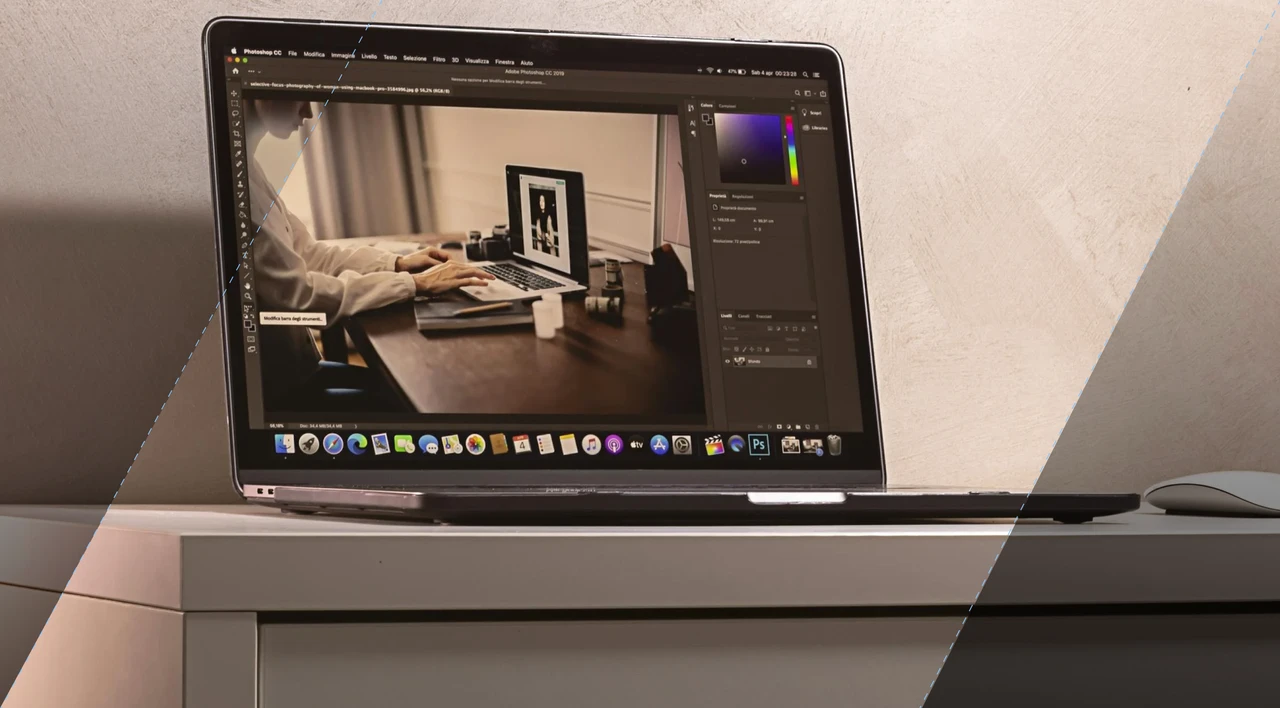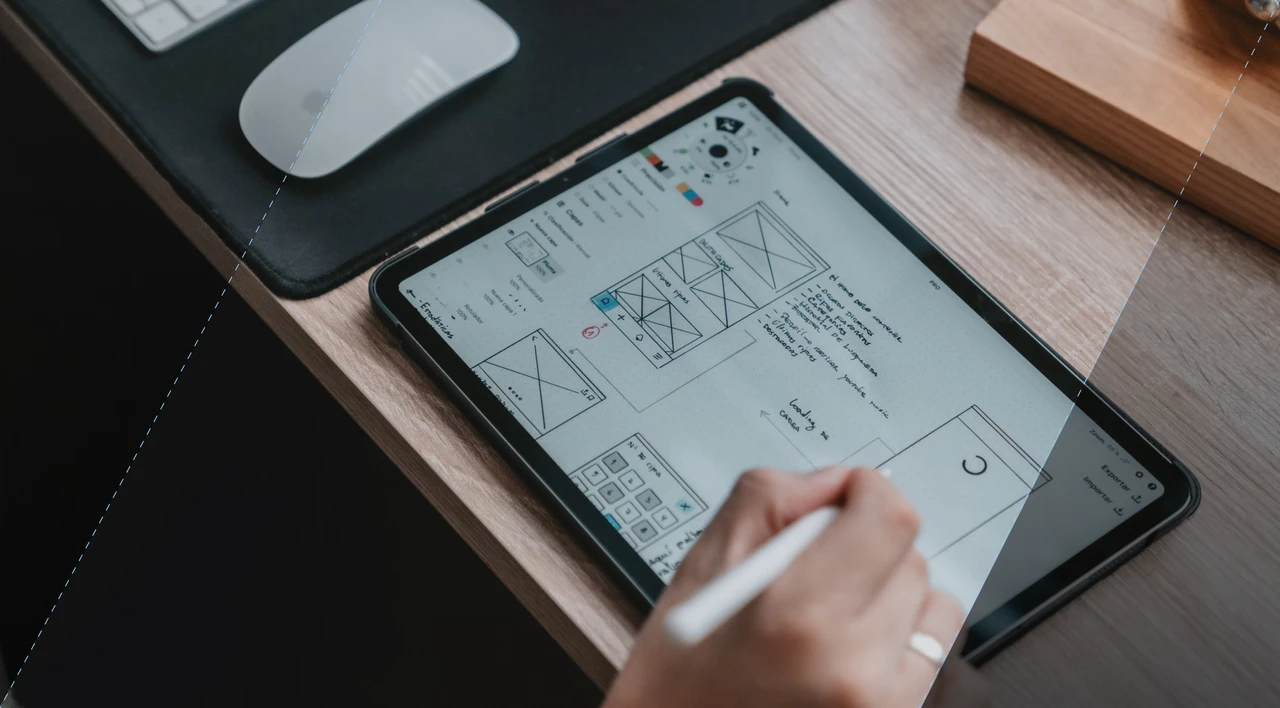SHARE
Unity Principle of Design: A Comprehensive Guide

Contents
Contents
When you look at a well-designed website or a beautifully crafted advertisement, have you ever wondered what makes it visually appealing and aesthetically pleasing? The answer lies in the Unity Principle of Design, a fundamental design principle that focuses on creating harmony and cohesion among visual elements.
Research shows us that 94% of people notice the look and feel of a website or application first, then decide from there if they will continue to navigate through it or move on. This statistic underscores the importance of applying basic design principles like unity to create visually captivating experiences. But what exactly is the Unity Principle of Design? Let’s dive deeper into the world of design and explore the power of unity in design.
Key Takeaways:
- The Unity Principle of Design emphasizes creating harmony and a sense of cohesion in visual elements.
- Conceptual unity involves combining content and functionality to enhance the user experience.
- Visual unity focuses on using harmonious colors and styles to create a visually cohesive aesthetic.
- Designing with unity improves usability, visual hierarchy, brand identity, and overall user experience.
- By applying techniques like repetition, proximity, alignment, and contrast, designers can create a cohesive look and unity in their designs.
What is the Unity Principle of Design?
In web design, the Unity Principle refers to the cohesive arrangement of visual elements and components to create a harmonious and seamless user experience. It involves organizing various design elements, such as layout, typography, color scheme, imagery, and interactive elements, in a way that they work together to create a unified message and purpose.
The Unity Principle of Design aims to ensure that all elements together on a webpage visually relate to each other and contribute to a coherent whole. This cohesiveness helps users navigate the website more easily, understand its content intuitively, and engage with it effectively.
Key aspects of applying the Unity Principle in web design include:
- Consistent Visual Identity: Maintaining consistency in branding elements, such as logos, colors, and typography, across different pages of the website reinforces the brand identity and creates a unified visual experience.
- Clear Hierarchy: Establishing a clear hierarchy of information through visual cues, such as font size, color palette, and placement, guides users’ attention and helps them prioritize content elements based on importance.
- Responsive Design: Ensuring that the website layout and design adapt seamlessly to different screen sizes and devices maintains visual consistency and usability across various platforms, enhancing the overall unity of the design.
- Balance: Achieving a balanced distribution of visual weight across the composition ensures that no single element overwhelms the others, leading to a harmonious and unified design.
- Contrast: By incorporating both contrasting colors and styles, UI/UX designers can create visual interest and enhance the hierarchy within the design. Contrast highlights important elements and creates a dynamic visual experience while still maintaining overall unity.
- White space and Layout: The strategic use of white space and a well-organized layout helps create breathing room between content elements, enhancing readability and visual clarity while promoting a sense of unity and coherence.
By applying the Unity Principle of Design in web design, designers can create websites that not only look visually appealing but also provide a seamless and intuitive user experience, ultimately leading to higher user satisfaction and engagement. After all, smooth UX design can uplift CTR by up to 400%.
Benefits of the Unity Principle of Design
Designing with the Unity Principle of Design offers several benefits that greatly enhance the overall user experience. By incorporating this principle into parts of your design, you can achieve a harmonious and cohesive visual aesthetic that resonates with your audience and reinforces your brand identity.
Improved User Experience
Consistent navigation makes it easier for users, including those who rely on screen readers or keyboard navigation, to predict where to find important content and features. This consistency reduces cognitive load and enhances accessibility by providing a familiar and intuitive browsing experience.
Clear Visual Hierarchy
By utilizing consistent visual elements and organizing them in a logical and intuitive manner, you can effectively guide the user’s attention and emphasize important content or features. This not only enhances the usability of your design but also ensures a visually engaging experience for your audience.
Consistent Brand Identity
The Unity Principle of Design plays a significant role in reinforcing your brand identity. By creating a consistent and cohesive visual aesthetic across your designs, you establish a strong brand presence that users can easily recognize and resonate with. This consistency builds trust and loyalty, making it easier for users to remember and connect with your brand over time.
Conclusion
The Unity Principle of Design plays a vital role in creating a cohesive and visually pleasing design. It requires the careful arrangement of visual elements to work together harmoniously, resulting in a cohesive whole that effectively communicates an important message. By employing techniques like repetition, proximity, alignment, and contrast, designers can achieve unity in their designs and create a sense of balance and harmony.
If you’re looking for help with the design of your website, read more about Flatirons’ UI/UX design services.
Frequently Asked Questions
What is unity in design?
Unity in design refers to the cohesive relationship between all elements in a design, working together to create a harmonious and visually pleasing result.
How can I achieve unity in my designs?
You can achieve unity in your designs by ensuring that all elements work together cohesively, utilizing common principles of design such as balance, repetition, contrast, and alignment.
What are some tips to apply unity in design?
To apply unity in design, consider using a consistent color palette, maintaining a consistent style throughout, creating a focal point, and ensuring elements relate to each other within the design.
What is the difference between conceptual unity and visual unity?
Conceptual unity refers to the underlying idea or theme that ties a design together, while visual unity pertains to the physical elements within the design working cohesively.
Why is unity an important principle of design?
Unity is a crucial design principle as it ensures all elements within a design work together to create a purposeful and cohesive overall composition.
What are some best practices for achieving unity in design?
Some best practices for achieving unity in design include maintaining a consistent style, using a balanced composition to create harmony, and ensuring elements within the design work well together.
UI/UX Design Services
UI/UX design services tailored for your unique needs.
Get the CEO's Take
Handpicked tech insights and trends from our CEO.
UI/UX Design Services
UI/UX design services tailored for your unique needs.
Get the CEO's Take
Handpicked tech insights and trends from our CEO.

Light Mode vs Dark Mode: Which One is Better for You?
Flatirons
Jan 04, 2025
Top UI/UX Design Companies in California for 2025
Flatirons
Nov 30, 2024
Learn the Essentials of Digital Product Design
Flatirons
Nov 26, 2024
Top UI/UX Design Companies in Colorado for 2025
Flatirons
Nov 12, 2024
Top Mobile App Design Companies in Denver for 2025
Flatirons
Oct 11, 2024
Top Mobile App Design Companies in Colorado Springs for 2025
Flatirons
Oct 09, 2024